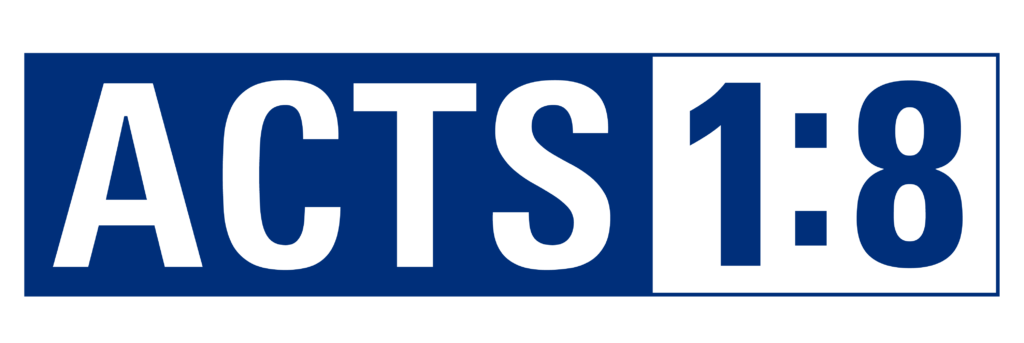Q&A with Ken Caruthers: IMB, training and missionary calling
Lauren Pratt | July 10, 2017

*Ken Caruthers is the associate vice president of training at the International Mission Board (IMB). In 2000, Caruthers studied international church planting at Southeastern Baptist Theological Seminary (SEBTS) and in 2002, he and his family went to serve with the IMB in Central Asia for two years. After finishing up his master’s degree at SEBTS, Caruthers and his family were back in Central Asia and served there for the next 10 years.
Caruthers now works in overseeing the training operations for missionaries at the IMB. He took some time to share about how his time at SEBTS and serving overseas helped equip him at the IMB as well as what it looks like to identify a God-given call to serve the Lord overseas.
To learn more about training tools through the IMB, visit imb.org/training.
What does your job at the IMB look like day to day?
I do operations for this whole training department so I help shape the processes and procedures so that we get stuff done- run the administrative, budget, human resourcing, things like that.
How did serving overseas affect the way that you train now?
Understanding field realities [and] letting our experiences speak into how we train. All of those experiences help speak into how we pursue our day-to-day task and how we pursue our mission so that the IMB’s mission can be successful.
How did your time at Southeastern prepare you for your time overseas and then at the IMB?
Going to seminary I think really helped me to grow up. That whole experience came together to really help me both grow up as a person and also grow up in the Lord. And so that was really an influential time for me and I thank God for it.
What’s the difference in training for a summer program versus longer term?
So the way it would look different when long-term is you’d spend more time before you actually left preparing you to go to the field. We would cover things like what it’s going to look like once you get there, checking your expectations, giving you some good handles and hooks to place things on because you’re going to be there a longer period of time. But first we want you to get IMB vision and understand what that is so once you get to the field, the people who will train you there will know that you already have those things in place.
How would you encourage students to better understand the call to go?
I think you want to look at seven different things:
- You want to look at the way that God has made you.
- You have the specific circumstances of your life.
- Is it the right time? There I think of Esther: “Who knows but that the Lord raised you up for such a time as this?” So the Lord is in control of that.
- What is the Bible saying to you?
- What is the church affirming that I’m good at where I can serve?
- What does the Lord say to me as I spend time with Him in prayer?
- What are my desires?
I want to hold all of these in a certain tension and at least understand and think through what are all of these things.
What’s something challenging and encouraging that stands out to you in the training process?
In the past I think before the digital age, we were very focused on training as event instead of training as process. We were focused on learning as the an event and delivery mechanism being classroom. Instead, the delivery mechanism now can be YouTube for the right things, it can be webinars for the right things and it should be the classroom for the right things. So that’s one of our big areas of focus.
It’s always encouraging to hear what our missionaries are doing all over the place for the glory of God, for the spread of the gospel and for the increase of His church throughout the nations. That is always an amazing thing.
*Name changed for security reasons
**This interview has been edited for length and clarity.

From our local community to the outermost parts of the world, Southeastern students and alumni are reaching people with the gospel by fulfilling the Great Commission. Using the model of Acts 1:8, we want to highlight these stories of how our Southeastern family is serving in North Carolina, North America and around the world. Acts 1:8 Stories create a collective and consistent way to tell the story of Southeastern, one person at a time. From local pastors to missionaries among the unreached, God is doing a great work among students and alumni. Where are they now and where are they going? We can’t wait for you to find out!